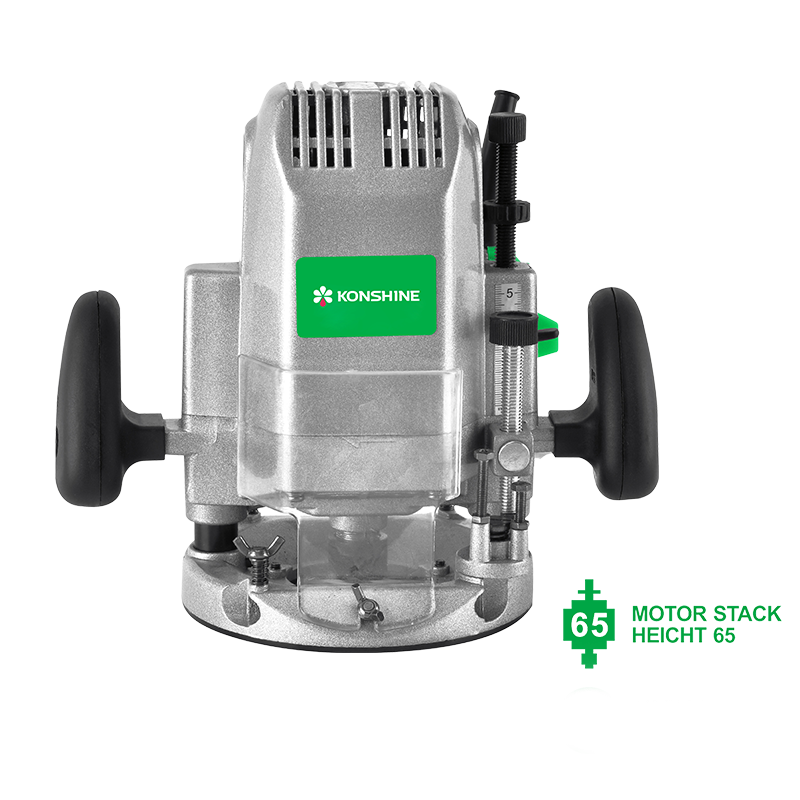One of the key advantages of electric routers is their precision. With a well-calibrated router and the right bit, woodworkers can create intricate designs, decorative edges, and dado joints with unparalleled accuracy. Whether you're crafting furniture, cabinetry, or custom moldings, the electric router empowers you to bring your woodworking visions to life.
Electric routers come in two main types: fixed-base routers and plunge routers. Fixed-base routers are ideal for tasks that require precise control, such as edge profiling and dado cuts. Plunge routers, on the other hand, allow for depth adjustments during operation, making them well-suited for tasks like inlay work and mortising.
One of the notable features of electric routers is their variable speed settings. The ability to adjust the router's speed allows users to optimize performance for different tasks and wood types. Slower speeds are ideal for larger bits and dense woods, while higher speeds work well for finer bits and softer woods.
Safety is a paramount concern when working with electric routers, as the high-speed spinning bits can be hazardous if not handled correctly. Many modern routers come with safety features, including double-insulated housing, dust collection ports, and spindle locks for easy and secure bit changes. Proper safety gear, such as eye protection, hearing protection, and dust masks, is also essential when using routers.
Electric routers find applications in a wide range of woodworking projects. One of the most common uses is edge profiling, which involves creating decorative edges on wooden pieces. Whether you're adding a round-over, beading, or cove edge, the router can achieve precise and consistent results.
Another critical application is dado and groove cutting. Routers make it easy to create notches and slots in wood, allowing for the assembly of strong and seamless joints. This is especially valuable in cabinetmaking and joinery, where the quality of the joints is crucial.
Inlay work is yet another area where electric routers shine. Woodworkers can use routers to create intricate inlay patterns by hollowing out areas and fitting inlays made of contrasting woods or other materials. The precision and control offered by routers make inlay work a joy for artisans and craftsmen.
Electric routers are also invaluable for making mortises, a key element in traditional woodworking joinery. Mortises are essentially rectangular holes cut into wood pieces to accept tenons, creating secure and durable connections in furniture and cabinetry.
In recent years, the electric router has been embraced by the DIY community as well. It has found applications in creating custom signs, carving intricate designs, and enhancing various home improvement projects. The tool's versatility and ease of use have made it accessible to a broader range of woodworking enthusiasts.


 英语
英语 越南语
越南语 西班牙语
西班牙语













